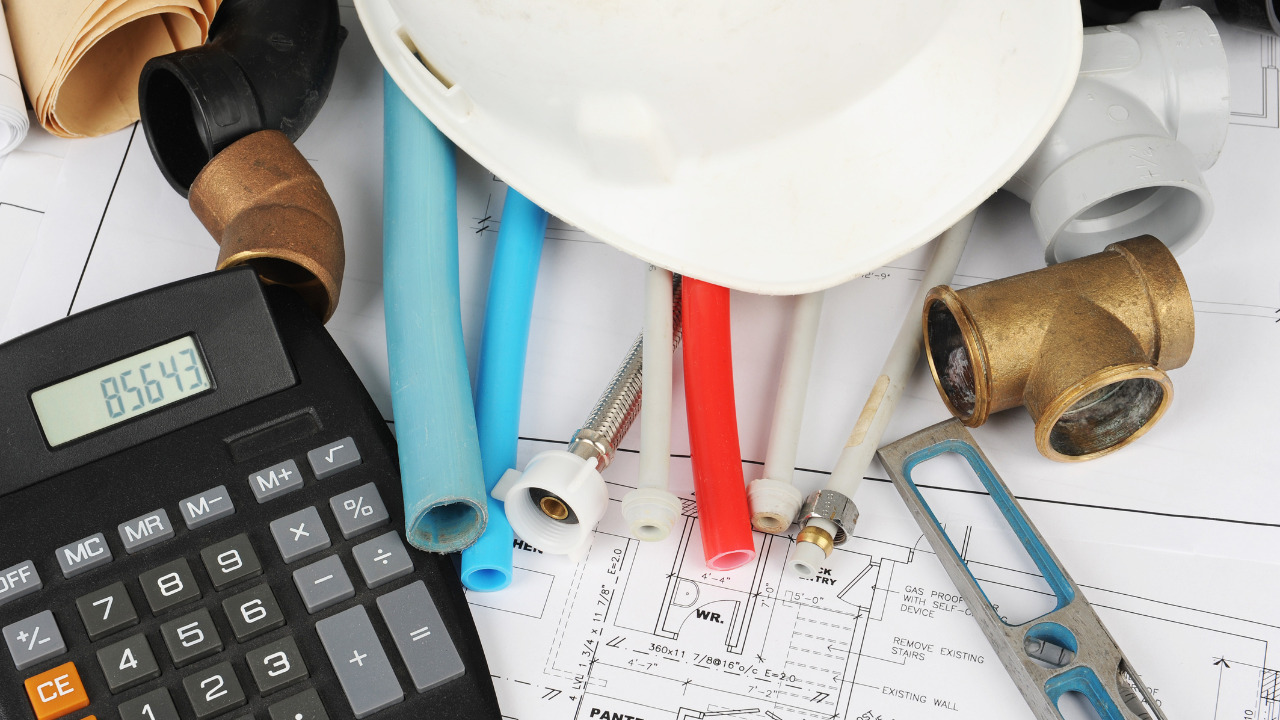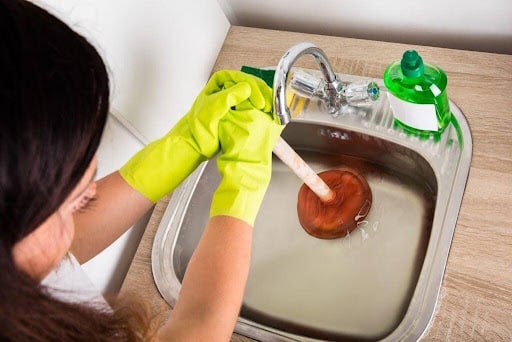The home plumbing system is a set of structures that supply your home with water of the required quality and quantity. It must work stably, maintaining the quality and pressure of the water within the specified limits. It consists of two systems: water supply and drainage.
For many people, the home plumbing system seems like a complex system of pipes, but if you take your time to learn more about it, you’ll understand how it works, which in reality, is very straightforward.
In the following lines, you’ll learn the basics of how plumbing works.
Table of Contents
Supply System
The water supply system is responsible for bringing clean, fresh water to your home. It circulates water from your main valve, which is located in front of your home, buried in the street, in case you’re using city or county water.
After that, the water is transported through a smaller supply line that leads to your home. Basically, that’s where your home plumbing starts.
The water supply system uses pressure to bring water to your sinks, toilets, showers, bathtubs, dishwasher, water heater, or wherever else you need it. Simply put, it’s a series of pipes, valves, fittings, and faucets.
Understanding how this system works will help you learn the plumbing basics.
Fixtures and Appliances
A seamlessly operating plumbing system brings water to various fixtures and appliances like toilets, washing machines, dishwashers, or water heaters. Different fixtures have both water inflow and drainage through the system.
Your plumbing system has to work seamlessly if you want to have access to clean water running through these various fixtures.
Drainage and Venting
If water comes into your home, it also has to go back out too. That’s what the drainpipes are for. They lead wastewater from fixtures to the main sewer line, located somewhere outside of your home.
The drains rely on gravity and air pressure to lead the wastewater out of your home quickly. While this process may sound very simple to some people, it actually involves three crucial parts of the drain system to make it happen – vents, traps, and cleanouts.
Vents are another important part of your drain system that is responsible for creating a seal that stops sewer gas from coming up. The drain vent system runs from your roof and into the drain pipe.
When properly working, the drainage and venting move wastewater smoothly without causing weird noises, or smells, or stagnant water. You need vents because they create an air passageway that seamlessly leads bad smells out of your home.
Traps and Cleanouts
The traps represent U-shaped pipes that prevent backflow in the plumbing system. These traps guide wastewater to the sewage lines.
Without these traps, sewer gases would make your home smell like a septic tank. They also allow hair, grease, and other debris to sediment, which is also very important because debris could easily clog your pipes.
And the cleanouts are there to make it easier to clean clogged traps. Usually, they have removable plugs for easier access to the trap without having to disassemble it completely.
Septic Systems vs. Public Sewer Systems
Several main differences exist between a septic system and a public sewer system. The main one is that the septic system treats your wastewater in a holding tank and is usually underground.
While the public sewer system takes wastewater away from your home and forwards it underground to a treatment facility, usually run by your city or county.
Another big difference is in their maintenance.
The septic tanks have to be pumped out once a year or once every few years, while the sewer system doesn’t require any maintenance from you.
How much does each cost?
If you’re buying your home from a reputable builder, the septic system is usually included in the house’s price. The cost of using a public sewer system depends on the area you’re in.
Finally, what are the benefits? If taken care of properly, the septic system has fewer ongoing expenses. Others find the public sewer system better due to its lack of maintenance and repair responsibility.
Common Plumbing Issues
It’s normal for plumbing issues to appear occasionally, especially if you don’t maintain and inspect your home plumbing system regularly.
The issues come in different shapes, sizes, and costs. From a dripping faucet or running toilet to a major pipe leak or something that can cause severe structural damage to your home.
The most common plumbing issues you can face are a slow-draining sink, a clogged toilet or shower drain, a faulty water heater, low water pressure, leaky pipes, or sewer system backup.
Some issues can easily be fixed with the right tools and some plumbing knowledge. But for more serious ones, it’s best to call an expert plumber to do a professional plumbing inspection.
Plumbing Maintenance and Tips
Prevention is the key when it comes to all kinds of issues. And with regular maintenance, your home plumbing system can operate seamlessly and not cause you any trouble. By following these simple steps, you can avoid some common plumbing issues.
First of all, make sure your drains are clear. The most successful way of preventing clogs is by keeping foreign objects away from your drains.
For example, you can use a screen on your kitchen drains to prevent food from clogging them.
When having a shower, make sure you collect as many hairs as possible when you finish to keep them out of the drain. Ensure you don’t flush hygiene products or wet wipes in the toilet.
Make sure you do regular checks on your pipes. Always keep an eye out for leaks, cracks, mildew, and strange odours. Catching the issue when it’s minor can save you big troubles and costly repairs.
Another smart step is to drain your water heater at least two to three times a year to ensure there aren’t any sediments or rust. By doing this simple task, you can extend its lifespan.
Finally, don’t forget to winterise any exposed pipes when winter comes. You don’t want to discover what a burst pipe can cause.
Plumbing Tools and Safety
It doesn’t matter if you’re an amateur or a professional plumber. You need to have these basic plumbing tools to get simple plumbing jobs done.
You’ll want to have a sink wrench used for installing or loosening sink faucets. Then, the adjustable wrench will help you tighten or loosen nuts and bolts. You’ll need a pipe wrench to tighten or loosen nuts and fittings located on the pipes.
Consider getting a pipe cutter that can cut plastic tubes fast and clean. A pipe crimper will help you to connect pieces of metal or plastic tubes.
The locking plier can hold pipes, loosen pipe joints and nuts, or remove broken nails. You’ll need a hacksaw to cut different items like bolts, nuts, or pipes.
Finally, having a plunger in case of a clogged toilet or sink is a great idea. When performing dangerous home repairs, ensure you have safety goggles and gloves.
Conclusion
Now that you know how your home’s plumbing system works, it will be much easier to detect a leaking or another issue.
Knowing the basics will be helpful for your DIY plumbing jobs or even if you have to call a plumber to explain an ongoing problem.
Your home depends on an effective and seamlessly operating plumbing system. That’s why it’s crucial to know what’s what.





